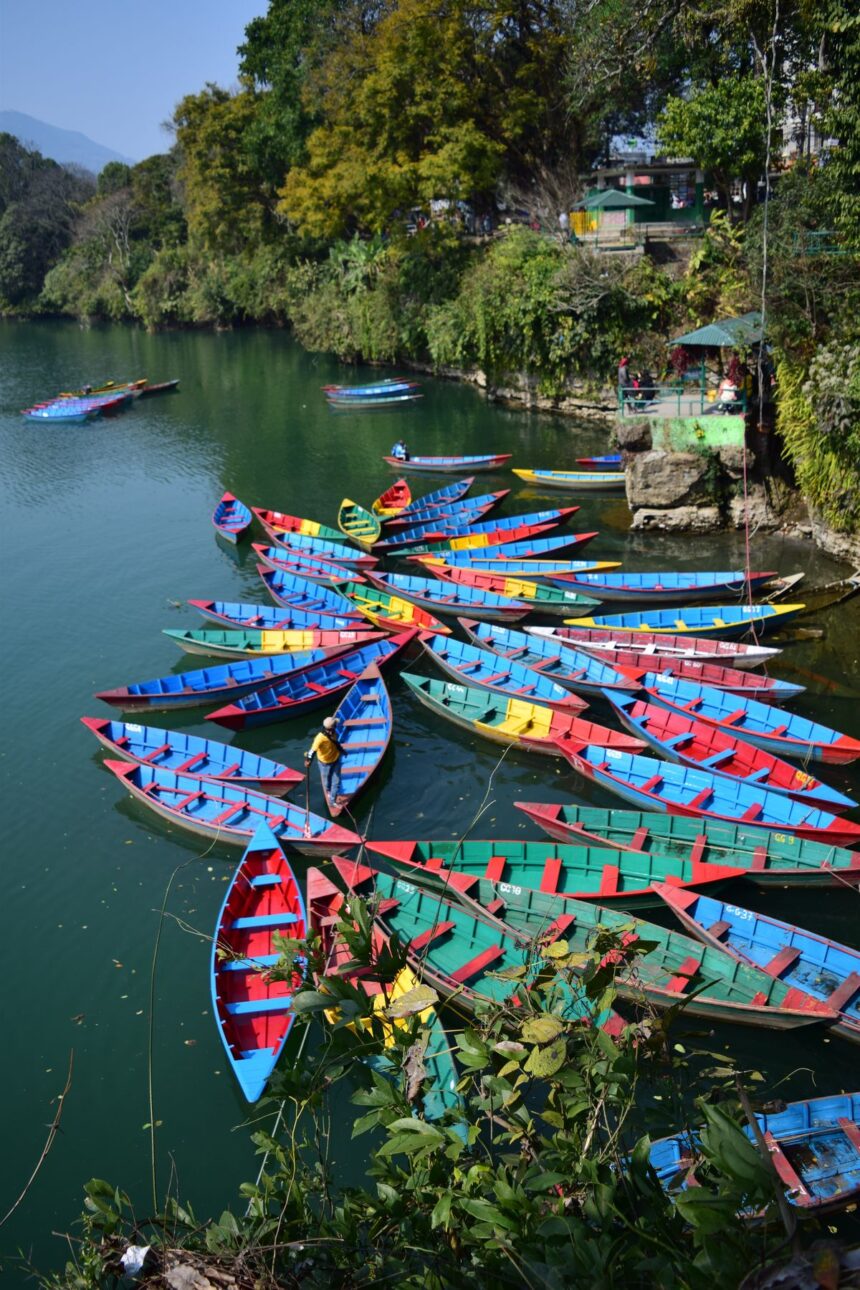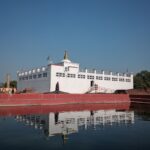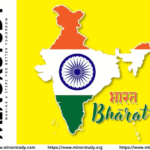Introduction
Phewa Lake, also known as Fewa Lake, is the second-largest lake in Nepal and a central attraction in Pokhara. Renowned for its tranquil waters, reflection of the Annapurna range, and cultural significance, Phewa Lake is an ideal destination for budget-friendly vacations filled with nature, adventure, and local experiences.
- Introduction
- History of Phewa Lake
- Fascinating Facts About Phewa Lake
- Timeline of Phewa Lake
- Significance of Phewa Lake
- 1. Natural Significance
- 2. Cultural & Religious Importance
- 3. Tourism & Adventure
- 4. Economic Significance
- 5. Spiritual & Inspirational Role
- Observance & Cultural Activities
- Wishing at Phewa Lake
- Daily Life Impact
- FAQs About Phewa Lake
- Important Tips for Visitors
- Importance in Society
- Conclusion
Visitors can enjoy boating, lakeside strolls, sunrise views, and visits to the Tal Barahi Temple, making it a perfect blend of relaxation, adventure, and cultural immersion. This guide explores history, fascinating facts, timeline, significance, observance, wishing, FAQs, daily life impact, and societal importance in a human-friendly and immersive style.
History of Phewa Lake
Ancient Origins: The lake has existed for centuries, historically serving local communities for fishing, irrigation, and religious activities.
Cultural Significance: The Tal Barahi Temple, located on an island in the lake, has been a major pilgrimage site for centuries, dedicated to the goddess Barahi.
Tourism Development: Gained popularity in the late 20th century as Pokhara became a tourist hub for trekking and Himalayan adventures.
Environmental Awareness: In recent decades, efforts have been made to preserve water quality, biodiversity, and scenic beauty.
Fun Fact: Phewa Lake’s calm waters mirror the Annapurna and Machapuchare peaks, creating one of the most photographed landscapes in Nepal.
Fascinating Facts About Phewa Lake
Size & Depth: Covers an area of 4.43 km² with a maximum depth of 8–10 meters, making it ideal for boating and water sports.
Tal Barahi Temple: A two-story pagoda temple on a small island in the lake, attracting pilgrims and tourists alike.
Boating Paradise: Offers rowboats, paddle boats, and motorboats, allowing visitors to explore the lake’s serene waters.
Reflection of Himalayas: The lake beautifully reflects Machapuchare, Annapurna South, and surrounding hills, especially at sunrise and sunset.
Biodiversity: Home to various fish species, migratory birds, and aquatic plants, contributing to ecological balance.
Adventure Activities: Popular for kayaking, canoeing, and lakeside cycling, combining recreation with scenic beauty.
Sunrise & Sunset Views: Ideal for photographers and nature lovers seeking peaceful lakeside moments.
Local Economy: Supports fishermen, boat operators, restaurants, and souvenir shops, boosting local livelihoods.
Timeline of Phewa Lake
Ancient Era: Served as a natural water reservoir for local communities.
Medieval Period: Pilgrimage site around Tal Barahi Temple established.
Late 20th Century: Became a major tourist attraction with boating and recreational activities.
2000s: Environmental preservation initiatives launched to maintain water quality and ecological balance.
Present: Continues to attract domestic and international tourists, blending natural beauty with cultural significance.
Significance of Phewa Lake
1. Natural Significance
Phewa Lake is ecologically important, supporting fish, migratory birds, and aquatic plants while offering clean water and recreational spaces.
2. Cultural & Religious Importance
Tal Barahi Temple attracts devotees from Nepal and India, emphasizing the religious and spiritual value of the lake.
3. Tourism & Adventure
Boating, kayaking, and lakeside activities make Phewa Lake a key contributor to Pokhara’s tourism economy.
4. Economic Significance
Supports fishing, tourism, boat rentals, local restaurants, and handicrafts, providing income to surrounding communities.
5. Spiritual & Inspirational Role
The serene environment encourages reflection, meditation, and connection with nature, enhancing mental well-being.
Observance & Cultural Activities
Tal Barahi Worship: Pilgrims visit the temple especially during festivals like Dashain and Tihar.
Boating Rituals: Traditional boating festivals and local ceremonies sometimes take place on the lake.
Nature Walks & Meditation: Visitors practice mindfulness and meditation along the lakeside gardens.
Cultural Exchange: Nearby cafes, markets, and homestays provide opportunities to experience local Nepalese culture and cuisine.
Wishing at Phewa Lake
Visitors often make wishes or meditate by the lakeside, inspired by its calm waters:
🌄 “May life reflect peace, balance, and clarity like the lake.”
🕉️ “Wishing for spiritual growth, harmony, and inner calm.”
🌸 “May the beauty of nature inspire gratitude and mindfulness in every day.”
These practices enhance the personal and spiritual connection to the lake and surrounding landscape.
Daily Life Impact
Phewa Lake impacts tourists, locals, and society:
For Visitors: Offers relaxation, adventure, photography, and cultural learning.
For Locals: Provides income from tourism, fishing, boat rentals, and local businesses.
For Society: Promotes eco-tourism, cultural awareness, and environmental conservation.
FAQs About Phewa Lake
Q1: How do I reach Phewa Lake?
A: Located in Pokhara city, easily accessible by taxi, bus, or private vehicle.
Q2: Is boating safe?
A: Yes, with licensed operators and safety equipment.
Q3: When is the best time to visit?
A: October–March offers clear skies and pleasant weather.
Q4: Are there accommodation options nearby?
A: Yes, guesthouses, hotels, and lakeside resorts are abundant.
Q5: Can I visit Tal Barahi Temple?
A: Yes, take a short boat ride to the island temple; modest attire is recommended.
Important Tips for Visitors
Wear comfortable clothes and sun protection.
Respect religious practices at Tal Barahi Temple.
Avoid littering to maintain water quality and lake beauty.
Try local cuisine and handicrafts along the lakeside.
Capture sunrise or sunset reflections for photography.
Importance in Society
Phewa Lake is culturally, economically, environmentally, and spiritually significant:
Cultural Heritage: Preserves religious and traditional practices at Tal Barahi Temple.
Economic Impact: Supports tourism, local businesses, and recreational services.
Environmental Significance: Maintains aquatic biodiversity and ecological balance.
Spiritual Role: Provides space for reflection, meditation, and inspiration.
Community Pride: Strengthens local identity, heritage awareness, and sustainable tourism practices.
Conclusion
Phewa Lake is more than a water body; it is a symbol of tranquility, natural beauty, and cultural richness. Affordable, scenic, and spiritually uplifting, it offers travelers boating adventures, lakeside relaxation, and a glimpse into Nepalese culture and religion.
🌄 Wishing for You: May your visit to Phewa Lake inspire peace, clarity, and mindfulness, letting every reflection on the water, temple visit, and lakeside stroll enrich your journey with nature’s serenity, cultural insight, and unforgettable memories.








